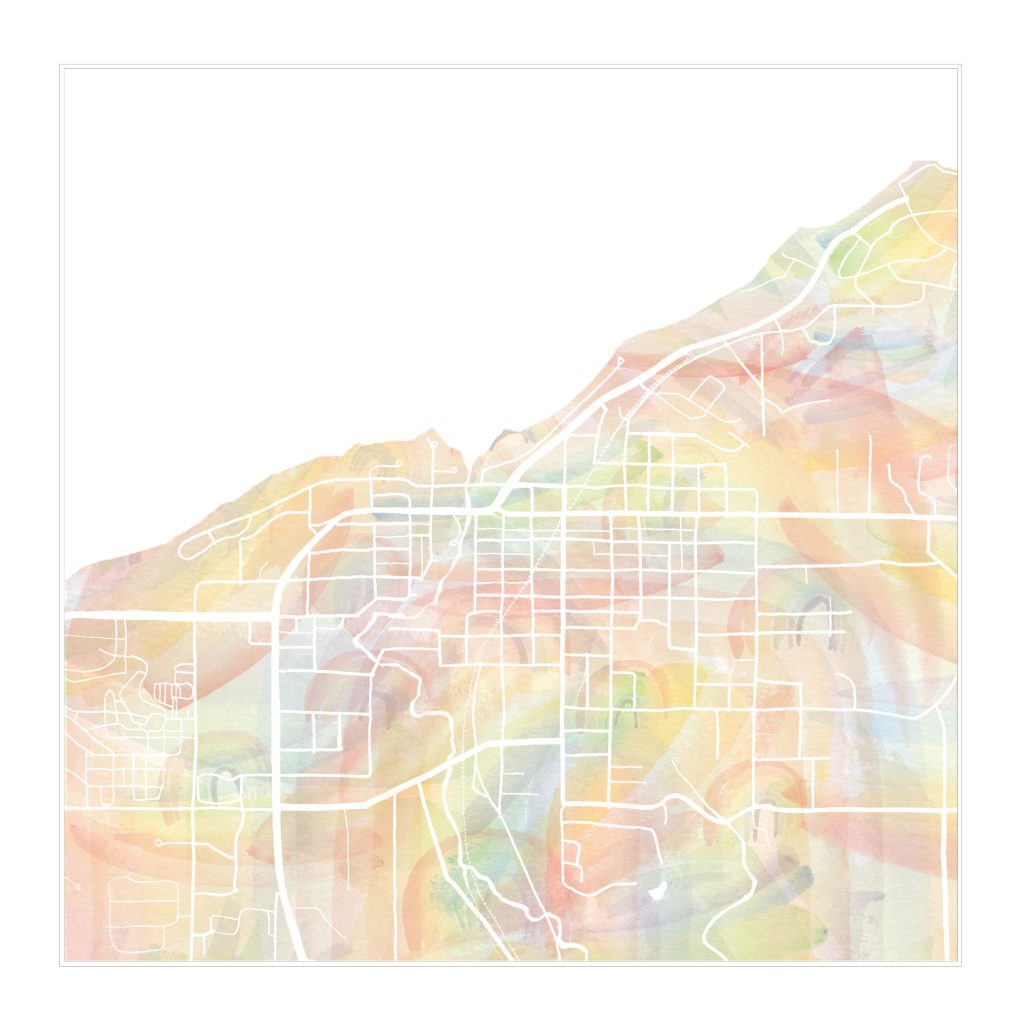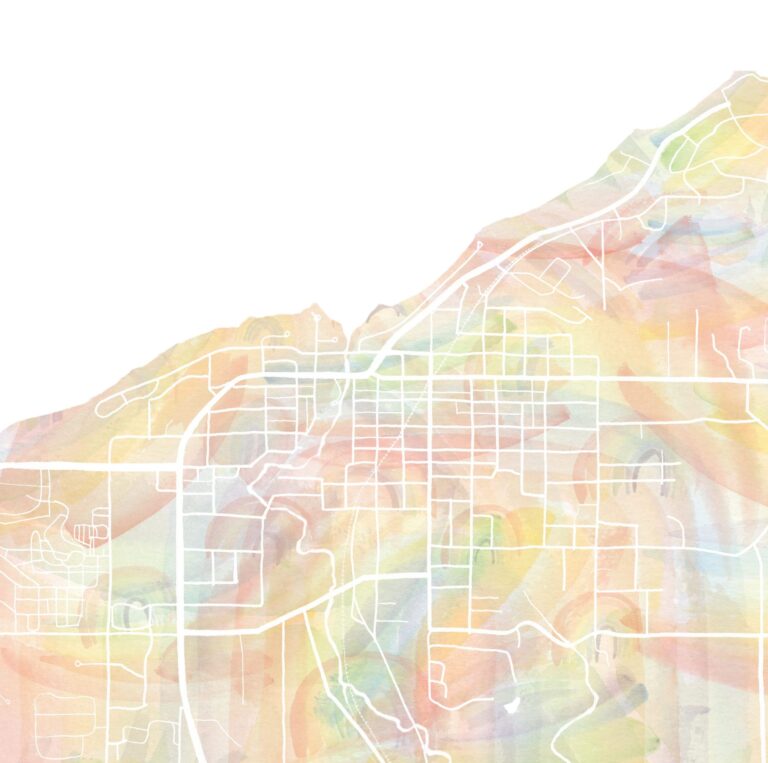My life began in Michigan. Two peninsulas surrounded by lakes that are so much more than lakes. The Great Lakes are aptly named. Lake Michigan is massive, stretching across hundreds of miles and a wide variety of landscapes. Some Lake Michigan beaches have sand that squeaks when it gets hot. Some are perfect for hunting Petoskey stones, Leland Blues, and Charlevoix Stones. Some have dunes that reach to the clouds and carry history and myth in their sands. Lighthouses, in a variety of colors and styles, each with their own rich stories, dot the vast shoreline. Looking into a Great Lake is like looking across an ocean — there is the shore you are standing on, and then endless, stretching, careening water, hiding life and death beneath its ebbs and flows.
For all of these reasons and more, Lake Michigan is a sacred space to me. But what makes Lake Michigan sacred isn’t just the water or the lighthouses or the memories. I found my name, myself, on its shores.
But what makes Lake Michigan sacred isn’t just the water or the lighthouses or the memories. I found my name, myself, on its shores.
While my life began in Michigan, it didn’t stay there long. I have lived across the wide world, seen oceans and seas and straits, mountains and valleys and plains. But Lake Michigan will always be my home, and I will always return, whisper “hello,” and dip my toes in her icy ruffles.
I call the lake my home not because great things happened to me there, or happened in Michigan generally. Quite the opposite. Michigan is where my family was homeless, living in a campground as the soil froze and the winds turned icy, our camper trailer heated by a single gas burner flickering in the night, while my sister and I curled our bodies to fit on narrow dining benches as we tried to sleep. Michigan is where my family moved from house to house to house, and school to school to school (six elementary schools in four years), as my parents sought cheaper rents and new jobs that would pay enough to feed and clothe their four young children.
When we could afford the gas to drive to the shore, we would pack up our car and drive to the lake, scant camping gear in tow. It got cold at night, and often rained, but the roar of the waves crashing into the sand easily made up for the damp chill and soggy campfires.
When I was growing up, one special part of beach days was a visit to a grocery store deli. Each time we were headed to the lake, we would make a quick stop to purchase a few items to pack into a picnic. I remember the excitement of visiting the deli — all of us decked out in our hand-me-down swimwear and sandals — as we lined up at the counter to let our mouths water at the sight of the variety of salads and meats. Chicken salad was always a staple of our summer beach days.
But as much as I loved going to the beach, I hated that swimwear. It always felt wrong to me, for my body. I wanted to wear board shorts and feel the cool, refreshing water unencumbered against my skin. My tight-fitting, stretchy leotard felt wrong, holding scratchy sand against my tender flesh. And then, as the years went by, my body also grew to feel wrong. With time, I learned the words that describe this experience.
I am a nonbinary person. I have a female-presenting body and androgynous hormones. I don’t feel strongly female-ish, and I also don’t feel male-ish. I’m just a person, in a body. And that body isn’t who or even what I am — it’s just what I’m walking around in.
When I was born, I received a name. But that name given to me by my parents was chosen before they knew who I was or what I would be like or would want to become. In the United States, my birth name is commonly given to female-bodied infants. In other countries the name is more common for male-bodied infants. This is because the name means “masculine,” but it’s an adjective that modifies nouns that have a feminine grammatical gender. But in the United States, and with English not having grammatical gender as a feature, the name became associated with feminine. If you look up this name in baby naming books, they will tell you that it means “womanly” or “lovely.” This is not the case; in Ancient Greek it means “masculine.”
It’s actually fitting to me, as a nonbinary person in a body with androgynous hormones and female-ish features that my very name would be yet another gendered piece that doesn’t fit me well. My birth name didn’t fit my sense of myself. It itched like an allergic reaction, or like rough sand scratching me from the inside out, flaring up each time it was uttered.
I needed to find a name that gave me peace, rather than pain. I needed to find myself in a name, and I went to my sacred place to seek it. And so, on the shores of my lake, at the age of fifteen, I sought MY name.
While on a family camping trip, I took myself on a walk, hiking through the woods and down a dune to get close to the shore. With wind furiously whipping my hair, fresh water and pine filling my nostrils, and silky sand beneath my body, I sat with her, my lake, and asked her to help me find my name.
I took my fingers and slid them through the satin sands, looping curls and dots and stark lines until I found it: ANDEE. There I was, all at once. It was me. It was neither feminine nor masculine. It was unique, but not bizarre. It was playful and memorable and not like anyone else’s. I loved it immediately. I loved the me I could be as Andee.
When I first started using my chosen name, there was a lot of resistance. My mother seemed to take the change quite personally, waxing poetic about how beautiful she finds my legal name, and describing how hurt she is that I don’t care for it. But liking or not liking the name is not the point. The name assigned to me at birth is not who I am, and I cannot live with being called a name that feels like someone else. The name I chose on Lake Michigan’s shores is so much more meaningful and beautiful and holy to me than the one given to me at birth.
It has been 25 years since my lake graciously gave me my name. I use it exclusively, and resent when people ask me what Andee is short for. It’s not short for anything — it is ME. All of me, not a piece of something else. Quite the opposite — when I used my birth name, I didn’t feel like I could be completely, authentically me. I felt pigeonholed into being and acting like a specific kind of person — a person that I am not. So no, Andee is not short for anything at all — they are completely me, and I am them.
I often return to my favorite beach. There is a broad swath of soft sand and a pier that stretches out to a square, red lighthouse. The first half of the pier has railings — the final half does not. Some days the waves break violently over the top of the walkway; it’s not always safe to walk the full length of the pier. While breakwater stones line both sides, they are not always enough to keep the crashing waves at bay. Knowing this, I always try to walk out to the lighthouse. Some days the water is too high and, with regret, I have to turn back. But when I can, when it’s safe, I walk along the pier through the waves, and make my way to the end.
My name, myself, began in Michigan. A chosen name, or a found name, is holy, is sacred to the bearer. For me, it is a gift that I carry with me from the most sacred land I have ever crossed. I will bear it, with honor and pride, always remembering how the gentle crush of the waves on the satin sands whispered to me my own song, helping me find my way to myself. ⋑
Andee (they/she) lives in the D.C. area and enjoys reading, needle crafts, and cats.
First place essay, “Holy Places” Contest

Petoskey Michigan Rainbow Map
Art Maps are a vehicle for merging personal identity and place. I believe the two are a fascinating tangle of experience. My Rainbow Maps speak to a very special experience of personal identity. It seems every “coming out” is unique while sharing some significant similarities. “Coming out,” embracing one’s true, even divine, identity moves mountains for me emotionally, and I wanted to honor that experience in this Map Series. I draw the map lines by hand, then merge them digitally with my hand-painted rainbow watercolor wash.
Kirsten J Sparenborg
@turnofthecenturies | turnofthecenturies.squarespace.com




